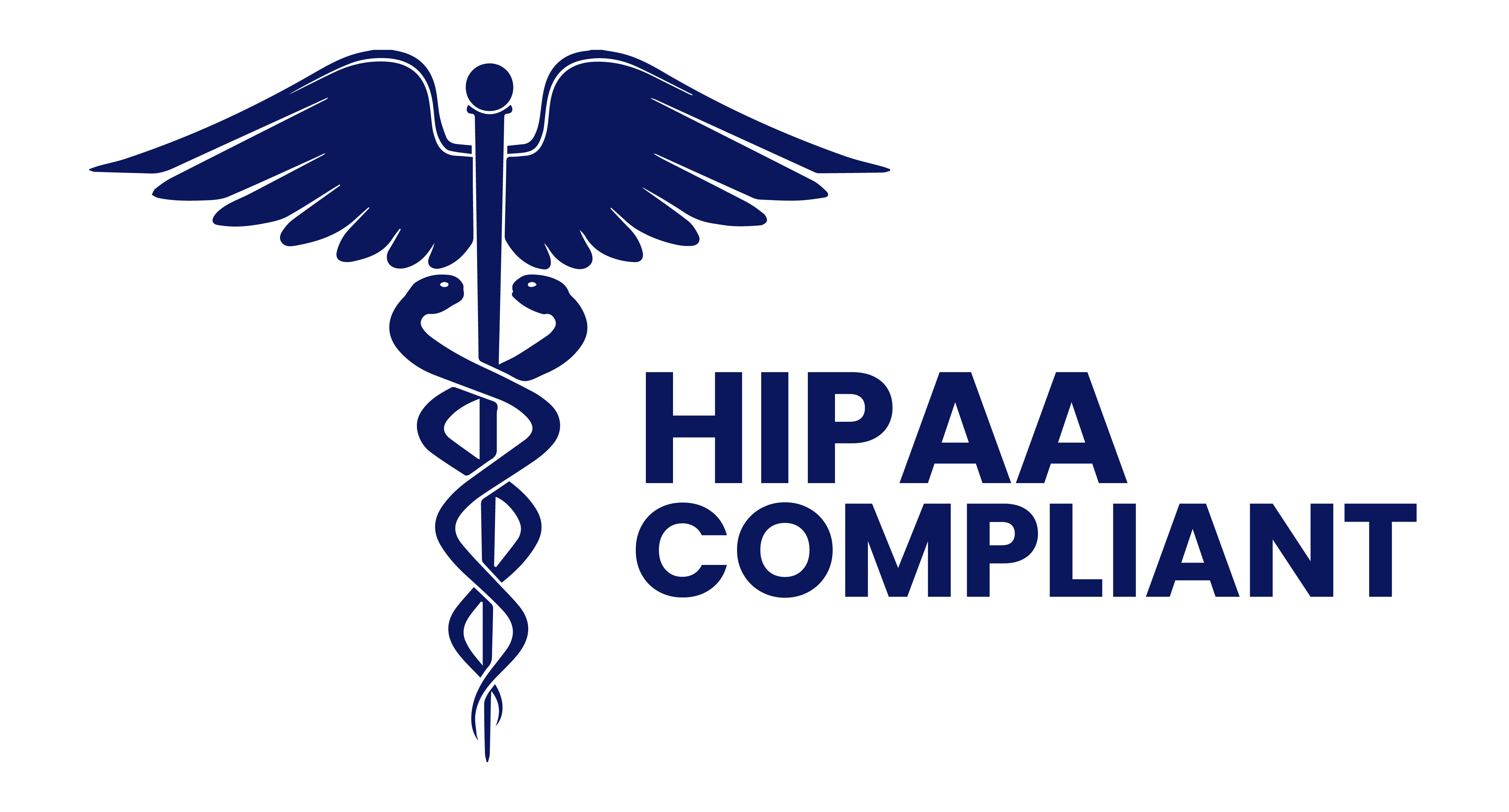Customer success is a vital aspect of any business that aims to thrive in today’s competitive landscape. It’s about more than just making a sale; it’s about fostering long-term relationships and ensuring that clients achieve their desired outcomes with your product or service.
However, it can be daunting to provide great customer success, especially when starting a new business. That’s why we asked our in-house expert, Melody Matos, our Customer Success Manager, to prepare a beginner’s guide to help you understand it and start improving your client satisfaction today.
Here’s all you need to know:
What is customer success?
Customer success is the strategy of ensuring that each client achieves their desired outcomes while using your product or service. It involves proactive engagement, support, and guidance to help clients derive maximum value from their investment.
READ MORE: Customer Retention Strategies to Drive Business Success
What are the key principles of customer success?
To successfully implement customer success, you must follow these key principles. They will be your guiding light throughout the process:
1. Customer-Centric Approach:
Focus on understanding and fulfilling the needs and goals of your clients.
2. Proactive Engagement:
Anticipate client needs and reach out to offer assistance before problems arise.
3. Continuous Education:
Provide resources and guidance to help clients learn and make the most of your product or service.
4. Data-Driven Decision Making:
Use client data to identify trends, anticipate churn risks, and tailor your approach to individual customers.
What are the responsibilities of a customer success team?
Customer success teams are responsible for supporting and guiding clients throughout the buying journey. This includes:
1. Onboarding:
Ensure a smooth transition for new clients by guiding them through setup and initial usage.
2. Training and Education:
Offer tutorials, webinars, documentation, and other resources to help clients learn how to make the most of their products and business effectively. Customer success teams tend to work with several clients in different lines of business, but at times, what has proven to be a success for a client can also work for others.
3. Proactive Support:
Be readily available to answer questions, troubleshoot issues, and provide guidance.
4. Relationship Building:
Cultivate strong relationships with clients through regular communication and personalized interactions.
5. Feedback Collection:
Solicit client feedback to understand their satisfaction levels, gather suggestions for improvement, and identify areas where they may need additional support.
What metrics do we need to track for efficient customer success?:
To optimize your customer satisfaction, you first need to measure how your team is doing. These metrics can help you identify what you need to improve on:
1. Customer Satisfaction (CSAT):
Measure overall satisfaction with your product or service through surveys or feedback forms.
2. Net Promoter Score (NPS):
Gauge client loyalty and likelihood to recommend your product to others.
3. Churn Rate:
Monitor the rate at which clients start to disengage to identify areas for improvement.
4. Customer Lifetime Value (CLTV):
Calculate the total value a client brings to your business over their lifetime to prioritize high-value clients.
What do you need for continuous improvement?
Clients’ expectations are constantly evolving. This makes continuous improvement key in building customer success. To continuously improve, this is what you need to do:
1. Iterate Based on Feedback:
Use client feedback to identify areas for improvement and iterate on your product or service accordingly.
2. Stay Agile:
Adapt your client satisfaction strategy as business grows and client needs evolve.
3. Invest in Training:
Continuously invest in training and development for your client success team to ensure they have the skills and knowledge to support clients effectively.
What technology and tools do you need?
Technology can be your greatest asset in ensuring customer satisfaction. These two will be key to identifying and managing your customer success efforts:
1. Customer Relationship Management (CRM) Software:
Use CRM software to track client interactions, manage accounts, and identify opportunities for engagement.
2. Specialized Platforms:
Implement specialized platforms that help automate and streamline client satisfaction processes, such as onboarding workflows, customer health scoring, and proactive outreach.
Ensuring Customer Success with Horatio
By prioritizing customer satisfaction, businesses can foster loyalty, drive retention, and ultimately achieve sustainable growth. Remember, happy clients are not only more likely to continue using your product or service but also to advocate for your brand, attracting new clients through positive word-of-mouth.
MELODY MATOS
Customer Success Manager
The Horatio Customer Success team is dedicated to ensuring that clients receive unparalleled support and achieve their business objectives with our services. They serve as our clients’ primary point of contact, offering personalized assistance during our onboarding process.
Dedicated to satisfaction and growth, Melody has been instrumental in delivering a proactive approach and building a collaborative effort with all of our clients.







